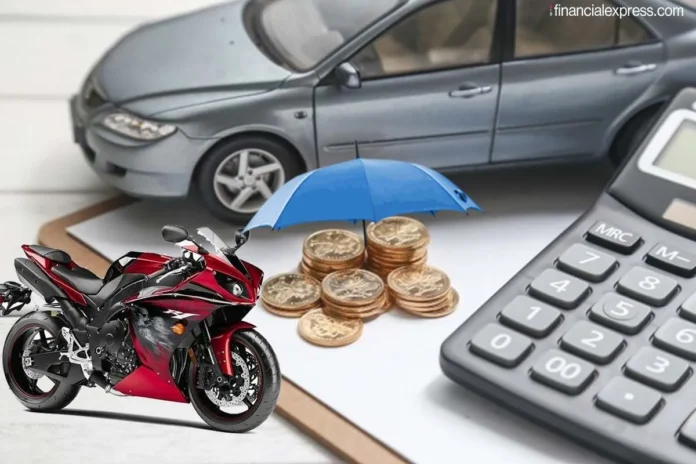When you buy two-wheeler insurance, it’s with the expectation that the insurer will cover repair costs for your bike. After an accident, you file a claim with your insurance company, and they process it, reimbursing you for the expenses. Each year, insurers receive numerous claims, and some may be denied for various reasons. Claim acceptance rates vary among insurance companies, often shaped by their policies. This is where the “claim settlement ratio” comes into play. *
What Is The Two-Wheeler Claim Settlement Ratio?
The Claim Settlement Ratio (CSR) is calculated by multiplying the total claims received by 100 and dividing it by the total claims settled in a year. Consumers often consider CSR when choosing an insurance provider. Use a two-wheeler insurance calculator to check costs before purchasing a policy. Claims are subject to terms and conditions set forth under the motor insurance policy.
Your chances of having your bike insurance claim settled by the insurance company increase with the bike insurance claim percentage or ratio. *
Elements That Impact The Ratio of Claim Settlement:
- Not Following The Process: Policyholders who fail to follow the correct steps in the claims process risk having their claims denied.
- Fewer Claims In A Financial Year: Fewer claims in a fiscal year. A higher claims ratio may result from this.
- Inadequate or Incomplete Documentation: For a bike insurance claim to be accepted, the policyholder must timely submit the necessary documentation.
- False Claims: A large volume of false claims may cause the percentage to decline.
- Missing Deadlines: For a claim to be handled, it must be raised or filed within the allotted time.
Typical Reasons for Claim Rejection
The insurance company will typically accept and handle your claims as soon as they are made. If it is discovered that you have broken the terms of your bike insurance policy, your claim may, nevertheless, be denied in certain circumstances. Among the explanations for rejecting a claim are:
- You have given inaccurate or misleading information with regard to the accident.
- It was your negligence or carelessness that led to the accident.
- You completed the repairs without first notifying the insurance company about the collision.
- Let’s say the bike’s depreciated value is much lower than the cost of repairs. In this instance, the amount you have to pay is equal to the depreciated value of your bike.
- At the accident scene, it was discovered that you had broken traffic laws. These may consist of:
- Operating a vehicle without a licence.
- Driving while your insurance is expired.
- The bike was utilised for unlawful purposes.
- It was discovered that you were driving under the influence of alcohol or drugs.
- The incident transpired beyond the territorial boundaries of India.
It is vital for policyholders to understand the significance of the claim settlement ratio and also keep in mind that they should renew bike insurance in a timely manner to maintain their coverage.
*Standard T&C Apply
Insurance is the subject matter of solicitation. For more details on benefits, exclusions, limitations, terms, and conditions, please read the sales brochure/policy wording carefully before concluding a sale.





















